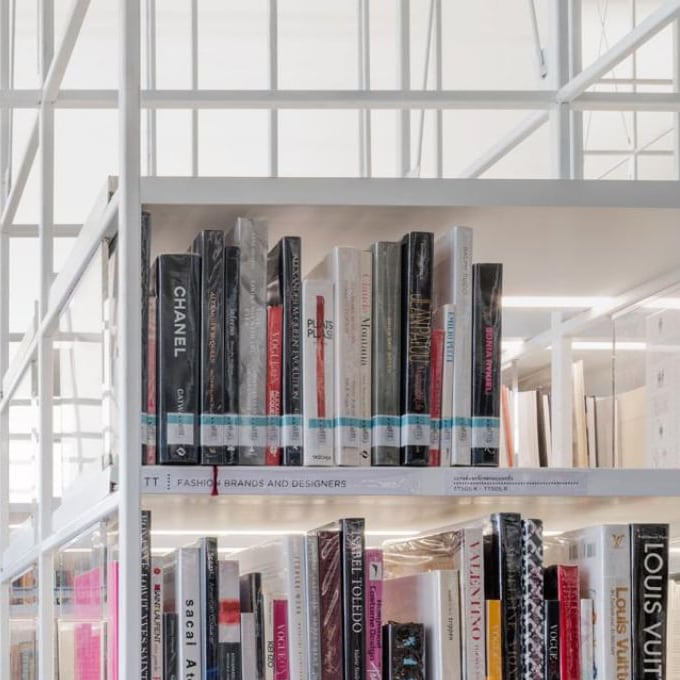From the Sea to the Plate: The Unique Gastronomy of Songkhla and Its Role in the Creative City Network

Natural and Cultural Capital
Songkhla is a city known for its unique cuisine, which is characterized by a harmonious blend of flavors from its diverse influences. This diversity stems from the variety of people who have come to the region, as well as its geography, which includes mountains, seas, and waterfalls. The city is situated between two seas: the Gulf of Thailand and Songkhla Lake. The lake itself is unique in Thailand as it features a lagoon ecosystem, the largest of its kind in Southeast Asia, and it consists of three types of water: freshwater, brackish, and saltwater. The wide salinity range supports a variety of plants and marine life, such as rare species and abundant wildlife throughout the year, including the Gammarid amphipod, freshwater stingrays, and the Irrawaddy dolphin. These species are indicators of the water quality and the richness of the food sources and ecosystems.
This ecosystem has positive economic impacts, particularly in fisheries, with species like black tiger shrimp, black shrimp, striped shrimp, prawn heads, white shrimp, and crabs, as well as various fish such as barracuda, grouper, and tilapia, and mollusks like cockles and shellfish.
In addition to its natural wealth, Songkhla's history reflects a long tradition of settlement, dating back to the Srivijaya Kingdom, especially in the Singhanakhon District. It continued through the Sultanate of Suleiman’s rule and into the Ayutthaya era when Songkhla came under the kingdom’s control after King Narai’s military campaign. During the Thonburi era, King Taksin appointed the first governor of Songkhla, Luang Suwannakhiri, at Laem Son in Singhanakhon District. In the Rattanakosin period, Songkhla became a provincial capital directly under Bangkok’s administration and governed Pattani, Kelantan, and Terengganu. During the reign of King Rama III, Phya Vichian Kiri, the governor of Songkhla, was granted permission to build a fort, a city wall, and establish a city pillar at Bo Yang, which is now the historic district of Songkhla.
Looking at the evolution of Songkhla from the Srivijaya period to the present, it becomes clear that its diverse flavors are shaped by the fusion of spices and seasonings from various ethnic kitchens and cultures. This blending of influences culminates in the distinctive "Songkhla cuisine," known for its bold yet balanced flavors, a true reflection of the region's rich cultural heritage, including Thai, Chinese, and Muslim communities. Ultimately, all of these come together under the umbrella of "Songkhla food," which is flavorful, yet harmonious, thanks to its variety of seasonings and spices.
Songkhla's Local Ingredients and Products
With the natural resources and cultural capital, the food industry in Songkhla has a strong foundation, starting from the source of raw materials. Being close to the sea not only promotes seafood consumption but also leads to the local wisdom of making products such as shrimp paste (kapi), dried shrimp, fish crackers, shrimp crackers, and fermented fish sauce (nam budu or fish sauce), which have been passed down through generations from the past to the present. For example, Kapi Natham in Chana District and Kapi Koh Yor, both of which are located on islands near the sea, produce a large number of shrimp or shrimp paste. This abundance is preserved using traditional local knowledge passed down from ancestors.
Local processed products, including shrimp crackers, sea bass crackers, fish sauce, and nam budu, from Yindi and Sin Adulphan shops have been distributing local products nationwide for many decades. Local products from Songkhla have expanded to include noodles, soy sauce, and fish balls, which Chinese culinary traditions have influenced. For example, there are famous noodle brands such as Tiger Noodles, Rabbit Noodles, and brands of soy sauce such as Chicken Soy Sauce and Ong Heep Seng Soy Sauce. In Songkhla, fish balls range from homemade fish balls (known as “Khae Fish Balls”) sold only in Khae noodle shops to mass-produced food products that are sold nationwide and exported abroad, such as Man A, Thai Union, PFP, and others.
Special and unique local products in Songkhla can be seen through the five GI (Geographical Indication) items, which include mini mango, green kinno orange, Songkhla Lake sea bass, Songkhla’s salted eggs, and Kuan Lang pomelo. These products are distinctive to the area and the methods of production, reflecting the local knowledge of food and the natural richness of the region.
Conclusion
Food serves as a bridge that connects creativity with the cultural and natural resources of Songkhla, highlighting the region's unique qualities, rooted in history and heritage. This helps preserve traditional local wisdom that is of great value while elevating these products. Songkhla can benefit from its network of restaurateurs and chefs by incorporating "creativity," which adds immense value to local dishes. For example, Sorn, Thailand's first three-Michelin-star restaurant, presents Southern Thai local dishes in a Fine Dining format, using ingredients from all 14 provinces of the South. Another example is the Michelin-starred Pru restaurant in Phuket, which showcases the region's biodiversity through Farm-to-Table cooking. Local restaurants, like Lyn’s Shanghai Café, also play a key role. They turn every part of sour mangoes into a creative dish, such as mango ice cream, even using the seeds in pickling, making them edible. This allows Songkhla’s food to evolve beyond just traditional flavors, transforming into innovative creations while still honoring its roots.
Reference
https://www.mueang-sk.go.th/history.pdf
https://chm-thai.onep.go.th
https://www.finearts.go.th/chiangmaiarchives/view/26279
https://creativecity.cea.or.th/th/district-projects/made-in-songkhla
https://www.hoteldirect.in.th
https://guide.michelin.com/th/th/article/michelin-guide-ceremony/michelin-guide-thailand-2025

